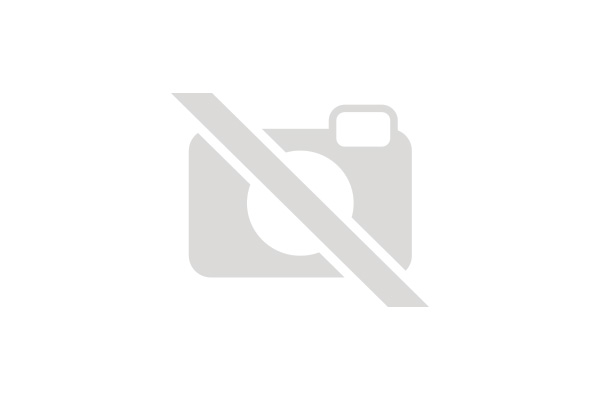
 John Cappa
Former Editor, Four Wheeler
Photographers:
Jerrod Jones
John Cappa
Former Editor, Four Wheeler
Photographers:
Jerrod Jones
The V-8, manual tranny with 6.32:1 First-gear, and 37-inch tires proved too much for the Dana 44 rear axle in our somewhat-heavy ’73 J2000. Fortunately our favorite Ford 9-inch is a perfect swap in a Wide-Trac FSJ. We snagged a complete 9-inch from the local wrecking yard for just under $200. We actually ran it as-is in our Jeep with the same gear oil and brakes for several months before regearing it to match the front axle. But first it needed some modifications to get it under the back end of our J-truck.
PhotosView Slideshow












